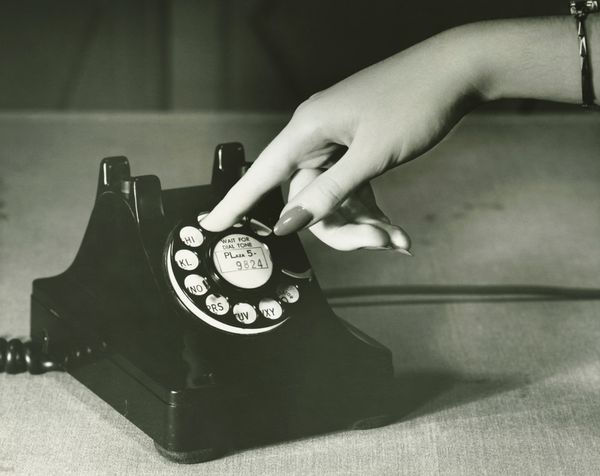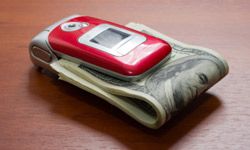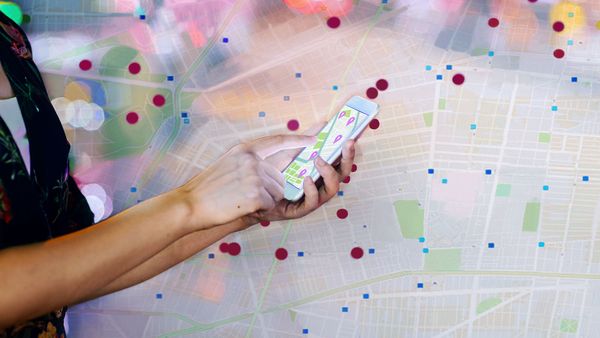
In most U.S. cities, a pay phone has become a rare sight. Last year, New York City took its very last public pay phone off the street and put it in a museum. The stark shift happened fast; in 1995, the number of pay phones in the U.S. peaked at 2.6 million, Slate reported in 2022. In less than three decades, that's dwindled to fewer than 100,000. Many still stand to this day but are no longer operational. You may see a rusty phone booth in front of a rural gas station here and there, but there's no guarantee it'll connect a call. By and large, the pay phone has become more of a relic than a way to stay in touch.
That's not to say they're totally gone. In some places there are still private pay phones, which bring in steady business for the more than 1,000 companies that own them. But the major telephone companies have all sold off their public phones — Sprint in 2006, AT&T in 2008 and Verizon in 2011. The phones that remain are owned by independent operators who can theoretically charge whatever they want, making them cost-prohibitive to the people who need them most.
Advertisement


